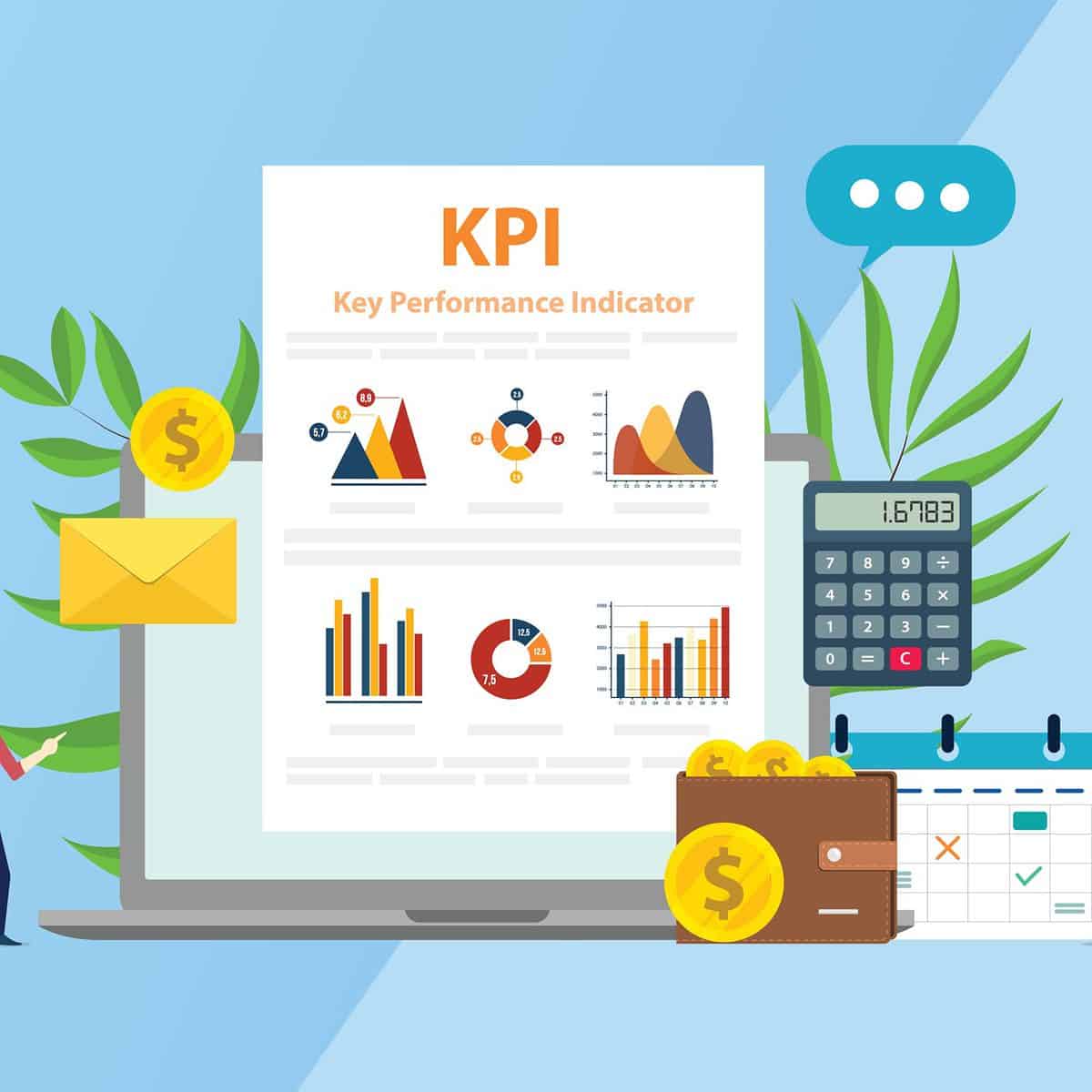Key Performance Indicators for Customer Success
Customer success is a business strategy that focuses on helping customers achieve their desired outcomes using a company’s products or services. A key aspect of customer success is measuring the effectiveness of this strategy. This is done through various customer success kpi or metrics. These metrics provide insight into how well a company is meeting the needs of its customers and help identify areas for improvement.
In this blog, we will discuss some of the key customer success metrics that companies can use to gauge the success of their customer service efforts. Stay tuned.
Customer success kpi

1. Customer retention rate
One of the most important customer success metrics is the customer retention rate. It measures the percentage of customers that continually use a company’s products or services over a given period of time. A high customer retention rate indicates that customers are satisfied with the value they are receiving from the company. Thus, they are therefore more likely to continue doing business with them. On the other hand, a low retention rate shows that customers are not finding value in the company’s offerings. Hence, are likely to switch to a competitor.
2. Customer lifetime value (CLV)

Another important customer success kpi is the customer lifetime value (CLV). This represents the total amount of money that a customer is expected to spend on a company’s products or services. The period is usually measured over the course of their relationship with the company. CLV is a key customer success kpi because it helps companies understand the value of their customer base. Hence, it helps them allocate resources accordingly. For example, a company may be willing to invest more in customer success efforts for high-CLV customers. This is because they tend to generate more revenue over the long term.
3. Net promoter score (NPS)
Net promoter score (NPS) is a customer sucess kpi that measures how likely a customer is to recommend a company’s products or services to others. NPS is calculated by asking customers to rate their likelihood to recommend on a scale of 0-10. Those who score 9 or 10 considered promoters, those who score 7 or 8 considered passives, and those who score 0-6 considered detractors. The NPS is then calculated by subtracting the percentage of detractors from the percentage of promoters. A high NPS indicates that customers are highly satisfied with the company. Thus would likely promote it to others, while a low NPS may indicate that the company has room for improvement in terms of customer satisfaction.
4. Customer satisfaction (CSAT)

Customer satisfaction (CSAT) measures how satisfied customers are with a company’s products or services. CSAT is typically measured by asking customers to rate their satisfaction on a scale. Such as 1-5 or 1-10. A high CSAT score indicates that customers are generally satisfied with the company’s offerings. But, a low CSAT score indicates that there are areas for improvement.
5. Churn rate

Churn rate is the percentage of customers that stop doing business with a company over a given period of time. High churn rates can be a sign that customers are not finding value in a company’s products or services. Therefore, they switch to a competitor. On the other hand, low churn rates shows that customers are satisfied with the value they are receiving from the company and are therefore more likely to continue doing business with them.
6. Time to value (TTV)

Time to value (TTV) is a metric that measures the amount of time it takes for a customer to realize the benefits of using a company’s products or services. TTV is important because it helps companies understand how quickly their customers are able to realize value from their offerings. If TTV is high, it may indicate that customers are having a hard time understanding how to use the product or are not finding value in it as quickly as expected. In this case, the company may need to invest in customer success efforts such as onboarding or training to help customers get up to speed more quickly.
7. Usage frequency

Usage frequency is a customer success kpi that measures how often customers use a company’s products or services. A high usage frequency may indicate that customers are finding value in the company’s offerings and are therefore using them more frequently. While, a low usage frequency indicates that customers are not using the product as much as expected. It can also mesn that they are not finding as much value in it.
8. Customer health score

A customer health score is a metric that helps companies understand the overall health of their customer relationships. This customer success kpi is typically calculated by taking into account a variety of factors. These may include usage frequency, customer satisfaction, and revenue generated. A high customer health score may indicate that a customer is thriving and finding value in the company’s offerings. On the other hand, a low customer health score shows that the customer is at risk of churning or not finding as much value in the product.
conclusion – Customer Success kpi
In conclusion, customer success metrics are important for measuring the effectiveness of a company’s customer success efforts. By tracking metrics such as customer retention rate, CLV, NPS, CSAT, churn rate, TTV, usage frequency, and customer health score, companies can gain a better understanding of how well they are meeting the needs of their customers and identify areas for improvement. By using these metrics to guide their customer success strategy, companies can improve customer satisfaction and retention, leading to long-term growth and success.







